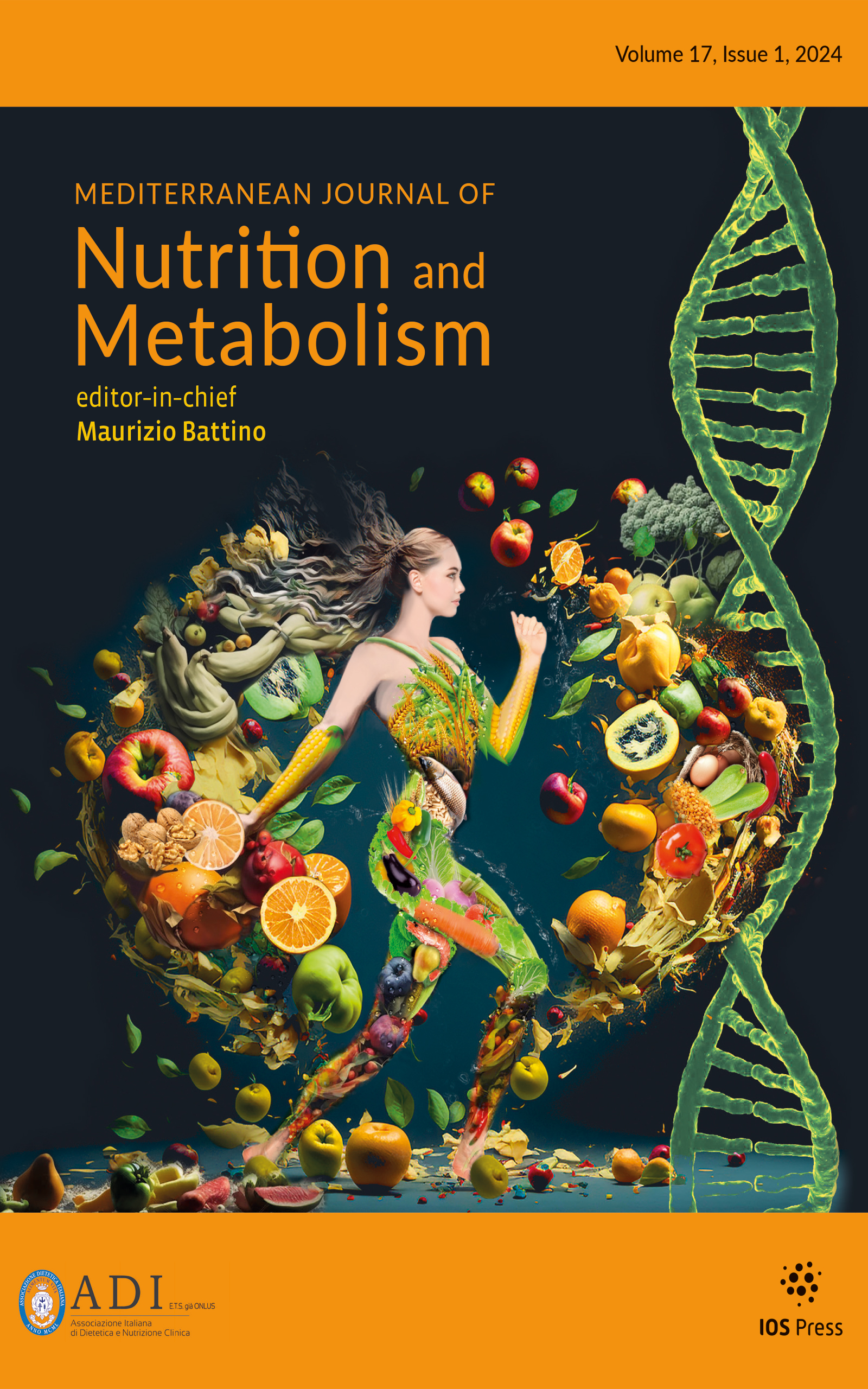Authors: Belhachat, Djamila | Aid, Fatiha | Mekimene, Lakhdar | Belhachat, Messaouda
Article Type:
Research Article
Abstract:
BACKGROUND: The synthetic antioxidants are used routinely in foods especially those containing oils and fats to protect them against oxidation. Among the synthetic types, the most frequently used are butylated hydroxyl anisole (BHA), butylated hydroxyl toluene (BHT), propyl gallate (PG) and tert-butyl hydroquinone (TBHQ). These compounds have been reported to be dangerous for human health. Thus the search for effective, natural compounds with antioxidant activity has been intensified in recent years to replace the synthetic products. OBJECTIVE: The aim of the present study is to investigate the phytochemical composition, quantify the total phenolic and flavonoid contents and to
…study the in vitro antioxidant potential of berries ethanolic extract of P. lentiscus . METHODS: P. lentiscus berries were subjected to different chemical tests for the detection of phytoconstituents of the Algerian variety. The total phenolic and flavonoid contents were also determined using standard methods. Moreover, the antioxidant activity was assessed by using 2,2-diphenyl-1-picrylhydrazyl (DPPH·) assay, 2,2’-azino-bis-(3-ethylbenzthiazoline-6-sulphonic acid) (ABTS·+) assay and reducing power activity assay. Here, (BHT) was used as standard antioxidant. RESULTS: Phytochemical screening revealed that the berries contained phenolic compounds, flavonoids, anthocyanins, leucoanthocyanins, phlobotannins, tanins, saponins, terpenoids, proteins and mucilage while alkaloids, quinones and carotenoids are absents. The P. lentiscus berries extract was found to contain a high amount of total phenols, flavonoids. The berries ethanolic extract of P. lentiscus possess strong scavenging activity against DPPH·, (ABTS·+) free radical scavenging activity and reducing power. The antioxidant proprieties may be attributed to the presence of high phenolic and flavonoid compounds. CONCLUSION: P. lentiscus is a potential source of natural antioxidants and other phytoconstituents, which justifies its uses in folk medicines.
Show more
Keywords: P. lentiscus, antioxidant activity, phytochemical screening, DPPH· assay, ABTS·+ assay, reducing power
DOI: 10.3233/MNM-17169
Citation: Mediterranean Journal of Nutrition and Metabolism,
vol. 10, no. 3, pp. 273-285, 2017





